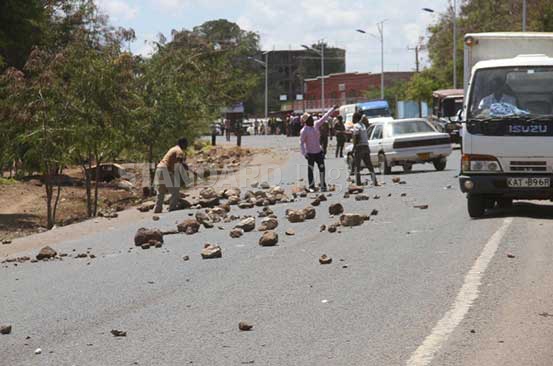
ISIOLO: Last week’s fatal clash between the Meru and Borana communities along the Meru-Isiolo border could have been caused by other factors other than cattle rustling, The Standard on Sunday can report.
Our team has been on the ground since the deaths were reported and has found out that although there has been cattle rustling, some people with other interests could be using it as a smokescreen to conceal a scheme by powerful individuals positioning themselves to benefit from the proposed Lamu Port-South Sudan-Ethiopia Transport (Lapsset) corridor.